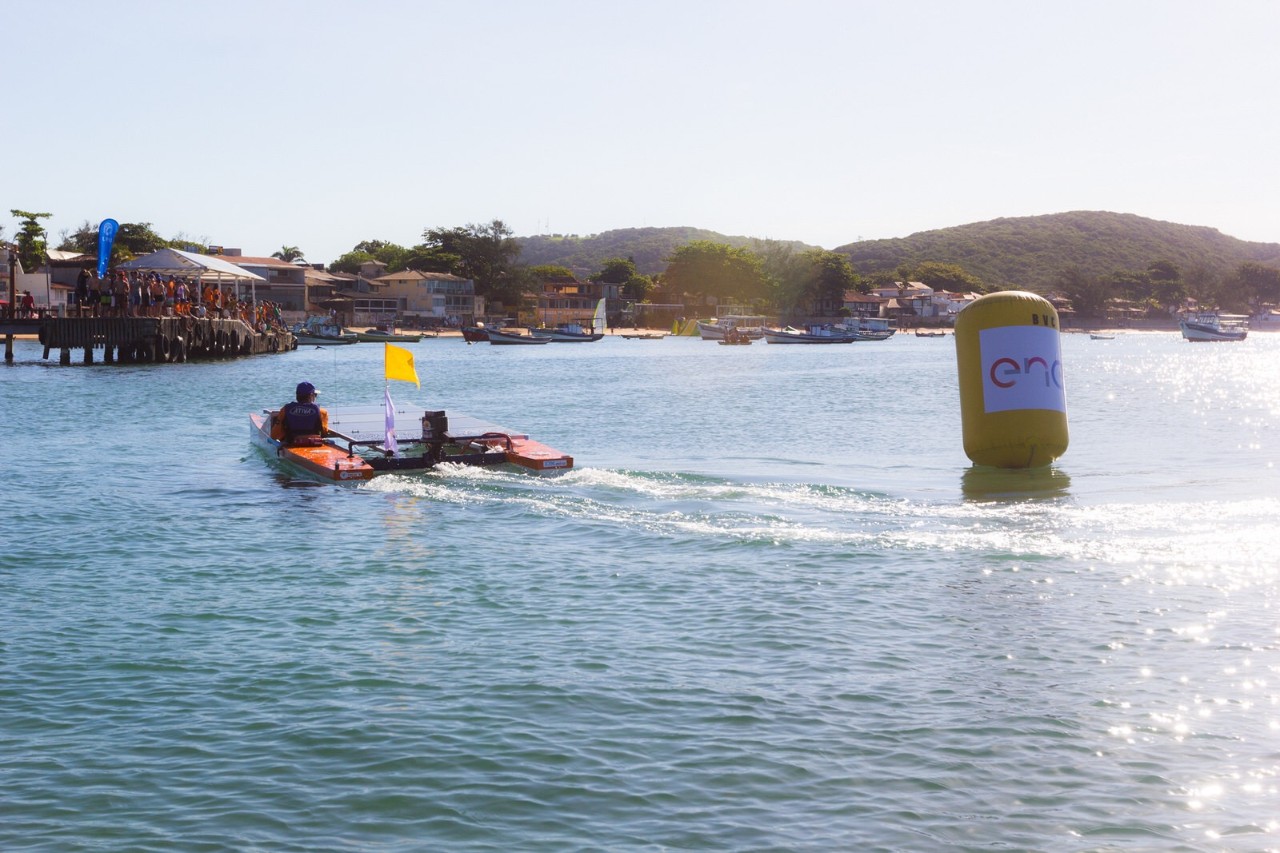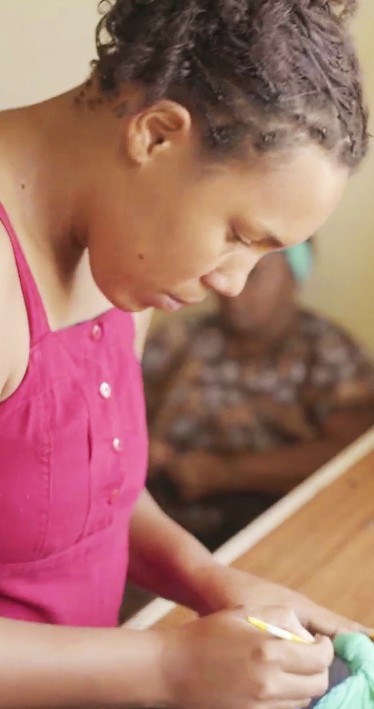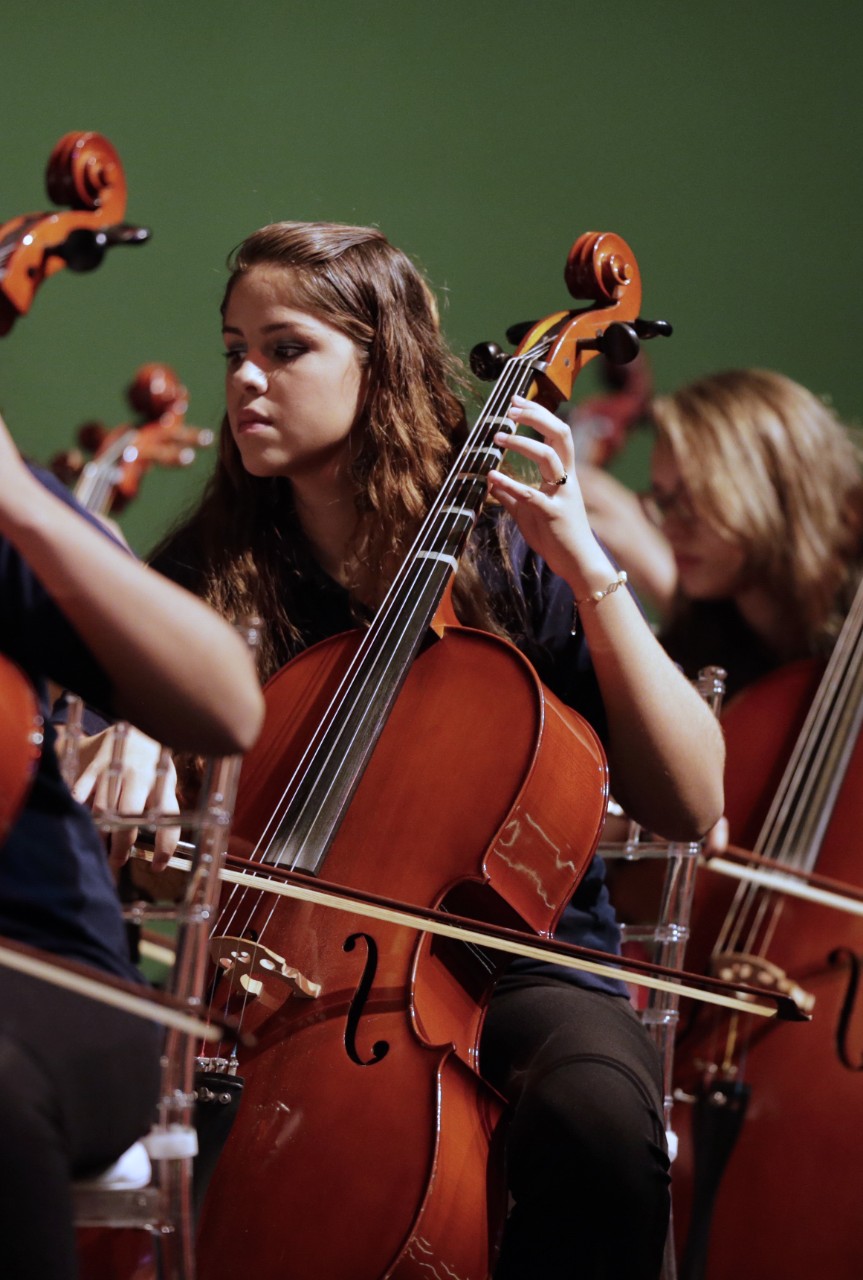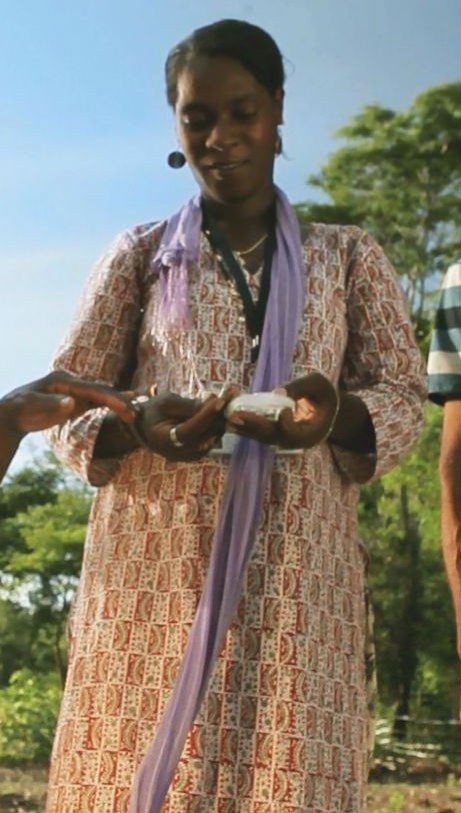“I see the Solar Challenge like a much-loved child. It is an incredibly relevant project that manages to connect sport, education and innovation. Seeing the boats in the water is always very gratifying. I had to give up many things in my life to take care of this project, but it’s always worth it”
Three years ago, the Brazil Solar Challenge received sponsorship from Enel and is now part of the Smart City Búzios project, developed by the Group to transform Búzios into a research and development laboratory dedicated to intelligent grids for energy distribution.
“The Solar Challenge attracts academia and companies interested in technological development, going much further than the competition itself. It is a concrete example of the many possible applications of solar energy, ”
In 2016, around 250 young students from several Brazilian cities took part in the competition. Among them is 22-year-old Matheus Reis. Captain of the Leviathan – Poraquê’s owners – he explains that being part of the Solar Challenge is a unique experience. “It is one of the few opportunities we have to apply all the knowledge we’ve acquired in classroom. We also have access to technologies and experiences that still seem very distant to us”, says the young man, who saw the sea for the first time in last year’s competition. In addition to Amazonas and its Poraquê, teams from Pará, Rio de Janeiro and Santa Catarina took part in the event.





